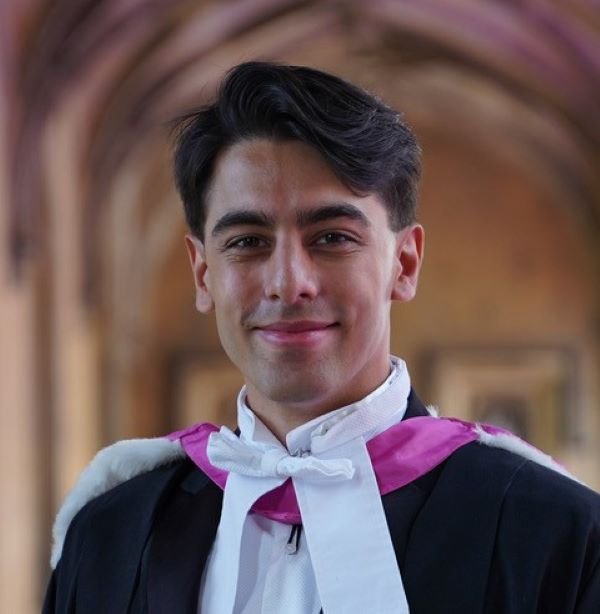Addenbrooke’s eye specialists have developed a new high-tech tool that could change the way glaucoma patients are treated worldwide.
Glaucoma is the most frequent cause of irreversible blindness and characterised by cupping of the optic nerve head and visual-field damage.
Determining if patients have mild, moderate, or severe disease is difficult and evaluating visual fields is time consuming, subjective, and ambiguous.
It hampers the medical management of patients, and makes it difficult for them to access the correct levels of social support.

But now Cambridge Eye Research Centre ophthalmologists, Dr Nikhil Jain, and former student, Dr Arun Thirunavukarasu, have come up with a web-based solution, which they have just presented to the first ever Cambridge Eye Research Centre Symposium.

More than 40 guests heard they have created the Glaucoma Field Defect Classifier (GFDC), an application which exhibits perfect accuracy in classifying mild, moderate, and severe glaucomatous field defects.
The app, developed with a multi-disciplinary team, is now freely hosted online for clinicians and researchers to use with glaucoma patients.
The breakthrough is regarded as so important they have already presented it at three other international conferences this year and featured in Digital Medicine (opens in a new tab), an international, peer-reviewed journal dedicated to publishing the highest quality research.
The pair presented at the prestigious Royal College of Ophthalmologists Annual Congress in the UK earlier, following hot on the heels of ARVO 2024, a global research conference in Seattle the week before.
In January Arun spoke about their work at the National Foundation Doctors’ Presentation Day in Bristol, and was awarded a prize for best presentation, which was further recognition of its importance.
He is now an academic foundation doctor at Oxford University Hospitals NHS Foundation Trust and a clinical research fellow at Nuffield Department of Clinical Neurosciences & Big Data Institute, University of Oxford.
The team’s paper says:
Risk stratification of glaucoma patients is a priority when timely glaucoma care is challenged by increasing demand for services. External research teams are welcome to use and adapt the code and web-application for the benefit of patients and ophthalmologists.
Reducing subjectivity of perimetry analysis without compromising clinical accuracy and precision may help ensure glaucoma patients receive equitable and optimal care.

Cambridge Eye Research Centre director and consultant ophthalmic surgeon and glaucoma specialist, Professor Rupert Bourne, is proud of the pair.
Professor Bourne, who is eastern region ophthalmology clinical lead for NHS Improvement, added:
In the UK, we under-report vision impairment, which can deny some patients the services they need.
Arun and Nik presented their work at a global eye research conference in Seattle to wide acclaim, and Arun won the National Foundation Doctors’ Presentation Day prize, and both will be taking this work to the Royal College of Ophthalmologists Annual Congress.
It is an excellent example of very high quality international research by our trainees, which has a direct patient benefit.
Professor Rupert Bourne
The breakthrough is just the latest in a series at Addenbrooke’s that could alter eye treatment worldwide. A pioneering cataract test called Neocam and invented by an Addenbrooke’s consultant Dr Louise Allen is the subject of a national study, with the aim of testing 140,000 newborn babies by August 2025.
Listing picture: Eye by wewebwork

